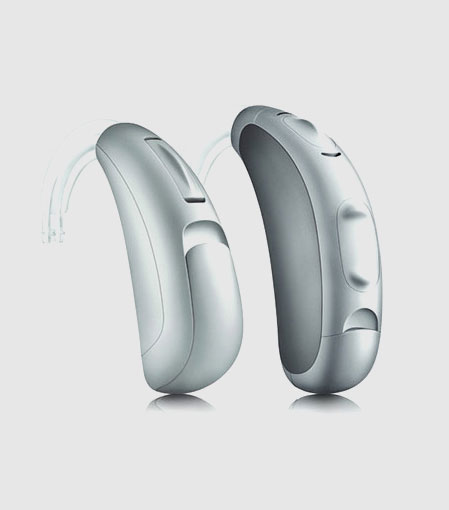online speech Therapist
Speech Therapist: There are many reasons why online speech therapy is popular. Children and adults can access speech therapy online, from the comfort of home, school or office.
- Flexibility (at your convenient time)
- Time saver (cost effective and no travel)
- Face to face sessions
- Involvement of parents
- Parent guided activities
- Suitable for people who can’t travel and busy working families
Our sessions ensure you have direct contact with your speech pathologist, and an opportunity to develop essential skills including literacy, sound practice, vocabulary building and social skills. We also work directly with parents during these sessions. Together with support materials, our information and advice will ensure you feel empowered and can support your child at home.
Both new and existing clients can access our online service which includes one-on-one therapy sessions, assessments and parent support.
We offer Speech Language Assessment &Therapy by online/videoconference to all Malayalam/English speaking children & adults all around Kerala, India and living abroad (International).
- Language skills
- Speech sounds
- Voice problems
- Stuttering/Fluency
- Social communication skills
- Learning Disability
- Parent training for building your child’s language and interaction skills
Please contact us now and find out if Speech Therapy Online or Phone support could be right for you or your child.
Online Speech Therapist
online speech therapist – speech therapy near me. speech therapist at North Paravur. speech therapy near me. Online speech therapist. online speech therapy, online speech therapist. speech therapist. speech therapy near me, speech therapist online speech therapy online speech therapist
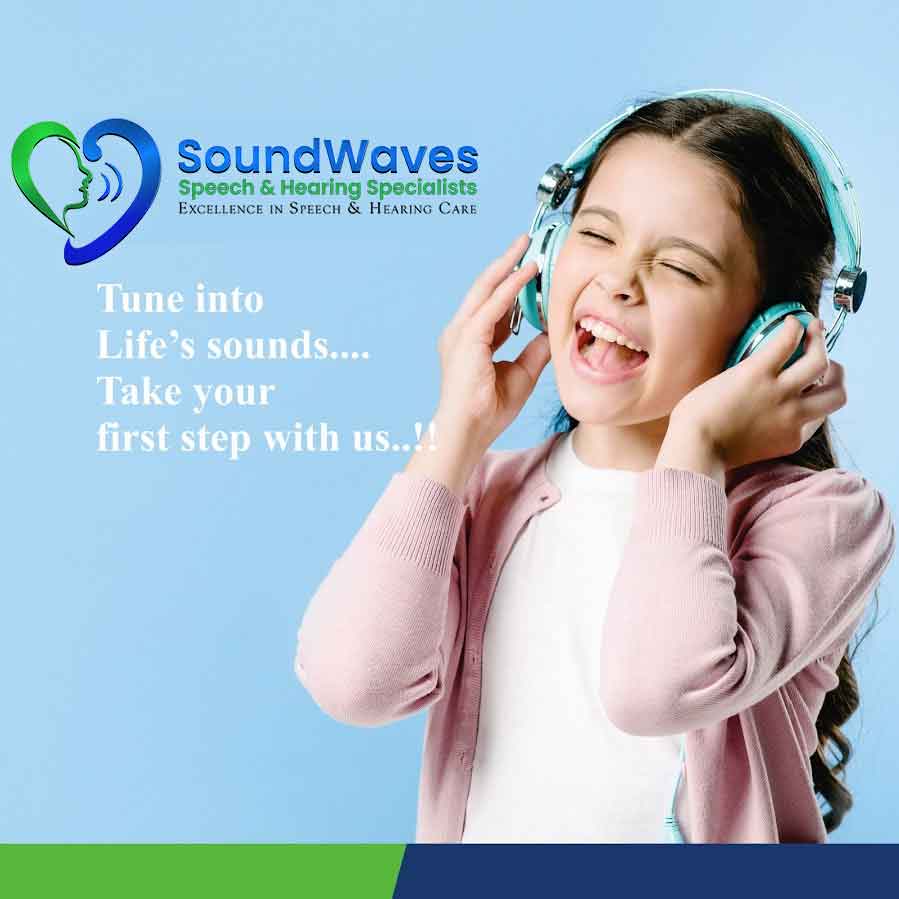
speech therapy near me
Why do you need speech therapy?
There are several speech and language disorders that can be treated with speech therapy.
Articulation disorders: An articulation disorder is the inability to properly form certain word sounds. A child with this speech disorder may drop, swap, distort, or add word sounds. An example of distorting a word would be saying “thith” instead of “this”.
Fluency disorders: A fluency disorder affects the flow, speed, and rhythm of speech. Stuttering and cluttering are fluency disorders. A person with stuttering has trouble getting out a sound and may have speech that is blocked or interrupted, or may repeat part of all of a word. A person with cluttering often speaks very fast and merges words together.
Resonance disorders: A resonance disorder occurs when a blockage or obstruction of regular airflow in the nasal or oral cavities alters the vibrations responsible for voice quality. It can also happen if the velopharyngeal valve doesn’t close properly. Resonance disorders are often associated with cleft palate, neurological disorders, and swollen tonsils.
Receptive disorders: A person with receptive language disorder has trouble understanding and processing what others say. This can cause you to seem uninterested when someone is speaking, have trouble following directions, or have a limited vocabulary. Other language disorders, autism, hearing loss, and a head injury can lead to a receptive language disorder.
Expressive disorders: An expressive language disorder is a difficulty conveying or expressing information. If you have an expressive disorder, you may have trouble forming accurate sentences, such as using incorrect verb tense. It’s associated with developmental impairments, such as Down syndrome and hearing loss. It can also result from head trauma or a medical condition.
Cognitive-communication disorders: Difficulty communicating because of an injury to the part of the brain that controls your ability to think is referred to as cognitive-communication disorder. It can result in memory issues, problem solving, and difficulty speaking, or listening. It can be caused by biological problems, such abnormal brain development, certain neurological conditions, a brain injury, or stroke.
Aphasia: This is an acquired communication disorder that affects a person’s ability to speak and understand others. It also often affects a person’s ability to read and write. Stroke is the most common cause of aphasia, though other brain disorders can also cause it.
Dysarthria: This condition is characterized by slow or slurred speech due to a weakness or inability to control the muscles used for speech. It’s most commonly caused by nervous system disorders and conditions that cause facial paralysis or throat and tongue weakness, such as multiple sclerosis (MS), amyotrophic lateral sclerosis (ALS), and strok.
HEARING AIDS

RECEIVER IN THE EAR (RITE)
These are small discreet hearing devices sitting behind the ear. The sound is conducted through an an electrical wire to a miniature loud speaker located in the clients ear canal. They are well suited for mild to severe hearing losses.
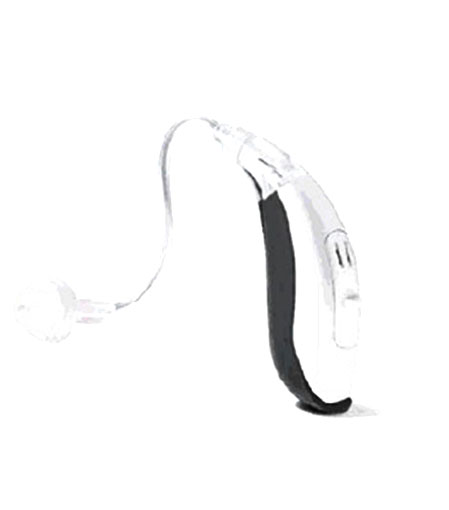
OPEN FIT BEHIND THE EAR
These are behind the ear hearing devices in which the sound is channelised into the ear canal through a thin capillary tube. The advantage of open fit is that the ear canal is unoccluded and the wearer’s own voice sounds more natural.
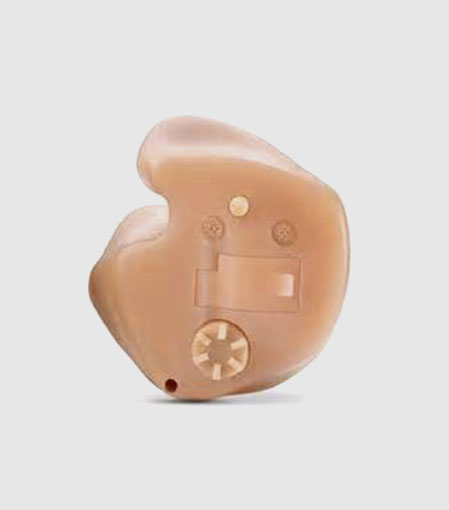
IN THE EAR (ITE)
These hearing aids sit entirely within the ear. They are easy to handle and suitable for clients with limited manipulation and dexterity.
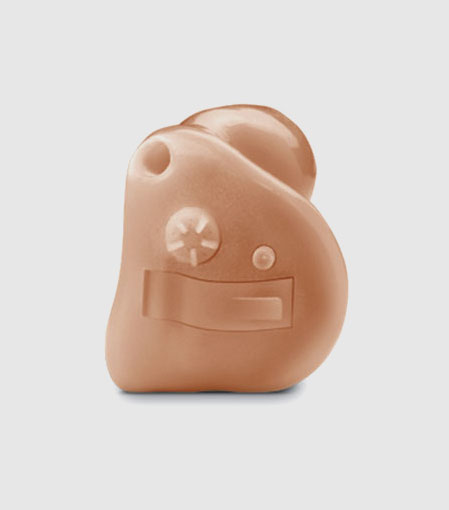
IN THE CANAL (ITC)
COMPLETELY IN THE CANAL (CIC)
Custom made hearing devices that fits deeper in the ear compared to ITE style. They are cosmetically appealing and suitable for clients with good dexterity.

INVISIBLE IN THE CANAL (IIC)
These hearing aids are so tiny that no body will notice that you are wearing them. They are custom made and sit deep in the ear canal.


